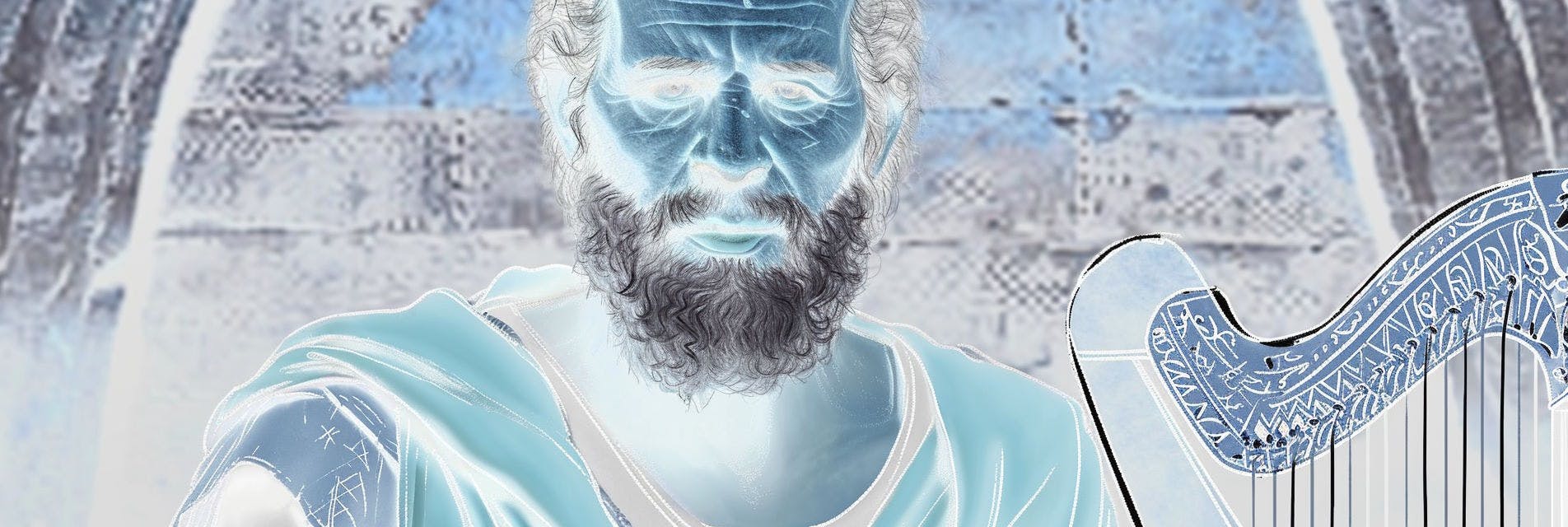I’m at home.
My phone buzzes.
Someone has collected an issue of my author newsletter. Someone appreciates me and is supporting my work. What an amazing feeling!
A bit of $MATIC has dropped into my wallet, roughly comparable in value to what an author’s share might be on the retail sale of a book if book royalties got processed and paid out before the reader ever exited the bookstore.
A smart-contract on the Polygon blockchain has created a smart-looking NFT collection, literal non-fungible tokens of appreciation. The tokens link back to the newsletter, which is stored on Arweave, a decentralized long-term storage network that keeps text accessible no matter what might happen to any given computer drive or web server.
Readers don't need to collect the issues to read the newsletter. But if they are looking to get involved, this is a viable way to offer direct support.
Through the magic of the blockchain, I have the wallet addresses of all my collectors.
I can airdrop appreciation back at them.
So I will.
What Are Inverted Homers?
Recently I was interviewed by CD Damitio for his Baoism podcast series on spirituality. One topic we covered was the Homeric tradition of storytelling in Ancient Greece, and it reminded me of an early experiment I did.
Back in 2021, when the NFT bubble was bubbling along and I was first crawling, eyes-wide, into the web3 publishing space, I created a collection around a poem I'd written. I was going through a Greek mythology phase, so it was a poem about Homer, the blind bard traditionally credited with traveling from city to city to rhapsodize the Iliad and the Odyssey.
The poem touched on the modern theory that "Homer" was not a single person, but a multi-generational "Homeric Tradition" of rhapsodes who produced many Iliad and Odyssey variants as the story was slowly refined into the one we have today.
I created a Homer Token to hold the poem, then I created one million "Inverted Homers" to make the first Homer into a literal one-in-a-million item within the collection.
It seemed unfair for me to be holding a million Inverted Homers when no one else had any, so I started by giving the Inverted Homers away to everyone who wanted one. For many people, these were their first NFTs and they were so grateful. Giving them away felt right and good.
I gave everybody at least two Inverted Homers, so they could keep one for themselves and pass the other along. If they asked for more, I gave them more. Because some people have more than one friend.
Giving tokens away turned into a time-consuming chore, and even then, I couldn't put a dent into the supply. One million of anything is a lot when you're counting them out two or three at a time!
I recruited a staff of Homer's Helpers. Each Homer's Helper received a batch of 100 Inverted Homers to give away, one Sepia Homer to keep, and the opportunity to earn an Inverted Thelxinoë if they gave away all of their Inverted Homers. I gave out very few Inverted Thelxinoës.
It was fun while it lasted, until I moved on to other experiments. In the end, the Inverted Homer faucet ground to a halt and I entirely forgot about listing the one-in-a-million Homer for sale at all.
Rewards Program for January
I have seen signs that NFTs are primed for a comeback in 2024 in a smarter, more practical, and less speculative form. You may disagree, but I'm more bullish than ever about the potential for authors to use blockchain-based books to fight back against censorship, piracy, and market concentration among publishers, distributors, and retailers.
Take it as an auspicious sign of the upcoming spring thaw that those 2021-era Inverted Homers have emerged like groundhogs from their lairs. Only now, it's Cryptoversal Newsletter collectors who will be the new Homer's Helpers.
At the end of January:
Each collector of one or more January-posted newsletter issues will receive one Sepia Homer as a monthly participation reward.
Each collector of one or more January-posted newsletter issues will receive 100 Inverted Homers per issue collected.
I will maintain and post a leaderboard for holders of Sepia Homers and Inverted Homers. Top spots will receive additional rewards.
At least one newsletter post in February will be accessible only to Sepia Homer holders. They will be able to pick a topic for me to write about.
We'll see how this goes, month to month.
I still like the idea that historical Homer was an entire community of storytellers consisting of hundreds or thousands of men and women who each contributed a personal spin on a shared epic story. It feels right to me to use Homer as an icon for emerging storytelling technologies.
But what do you think?

